Rust On Daylily Plants: Learn How To Treat Daylily Rust
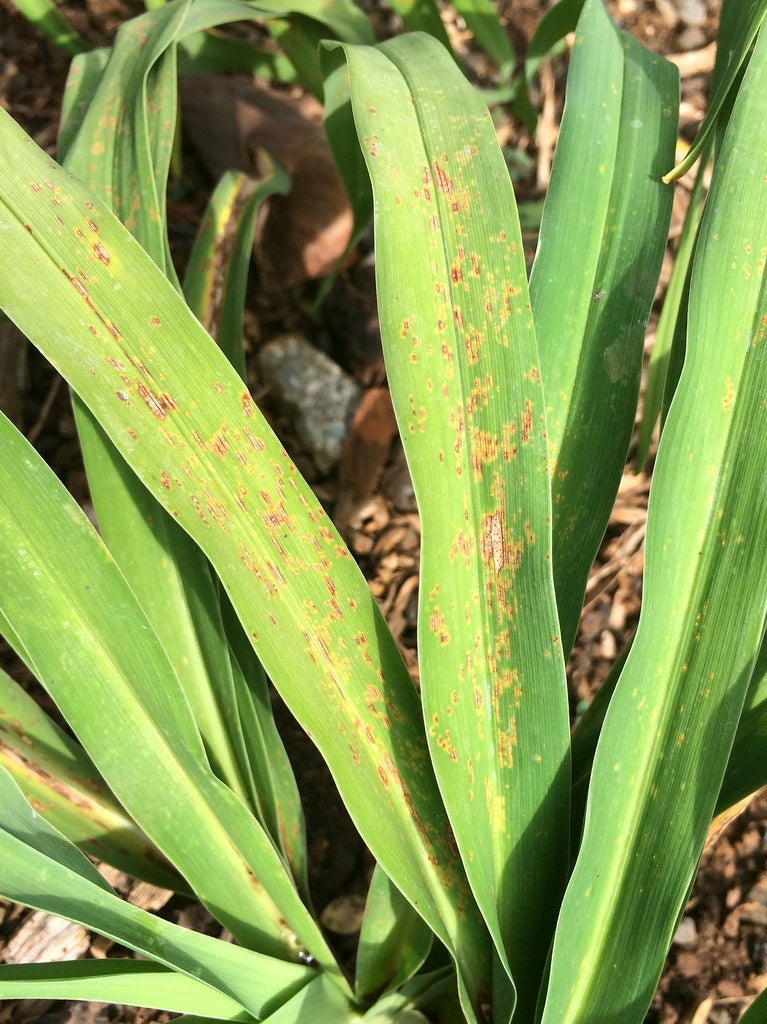

For those who’ve been told that the daylily is a pest-free specimen and the easiest flower to grow, finding daylilies with rust can be disappointing. However, using the right horticulture practices and choosing from many non-susceptible cultivars can help ensure a disease-free lily bed.
Daylily Rust Symptoms
Daylily rust (Puccinia hemerocallidis) first appeared on select plants of the species in 2000 here in the U.S. By 2004, this affected half of the country. It has become a concern for many garden clubs who regularly sell and trade the plants, and promote them as pest and disease-free. Their advice is that selling plants with “no earth/no scapes” will prevent the spread.
Today, info suggests some have managed to avoid rust by planting certain daylily types and others have learned to effectively treat rust on daylily plants.
Rust does not normally kill the daylily but it does affect how the plant looks in the garden and can spread to other plants. Rusty-colored pustules appear on the underside of leaves. This is how you can tell the difference between rust and a similar fungal disease called daylily leaf streak. No pustules exist with the leaf streak fungus, just microscopic, small, white spots.
How to Treat Daylily Rust
Rust on daylily plants dies off in the coldest winter temps. Daylily rust symptoms disappear in USDA hardiness zones 6 and below, so rust is more of an issue in southern areas. Cultural practices help avoid the development of rust spores, which require high humidity to develop to the stage of infection.
Temperatures must be between 40- and 90-degrees F. (4-32 C.) for five to six hours for this development and the leaf must remain wet. Avoid overhead watering of your daylily beds to help prevent this disease. Water at the soil level for these plants and others when possible to avoid many fungal issues like this.
Rust on daylilies normally occurs on older foliage that should be removed and disposed of. Clean pruners between cuts with an alcohol wipe to avoid spreading the disease.
Gardening tips, videos, info and more delivered right to your inbox!
Sign up for the Gardening Know How newsletter today and receive a free copy of our e-book "How to Grow Delicious Tomatoes".
If you’re in the southern region and concerned about rust issues on daylilies, plant the least susceptible cultivars. According to the All-American Daylily Selection Council, the least susceptible varieties include:
- Little Business
- Mini Pearl
- Butterscotch Ruffles
- Mac the Knife
- Yangtze
- Holy Spirit

Becca Badgett was a regular contributor to Gardening Know How for ten years. Co-author of the book How to Grow an EMERGENCY Garden, Becca specializes in succulent and cactus gardening.
-
 5 Tough Urban Trees That Thrive In Cities – Top Picks For Urban & Suburban Landscapes
5 Tough Urban Trees That Thrive In Cities – Top Picks For Urban & Suburban LandscapesExplore the best urban trees that will add value to even the most challenging of landscapes. Get growing with these ideas and enjoy all the benefits of trees.
By Teo Spengler
-
 7 New & Improved Cultivars Of Old-Fashioned Plants – These Aren’t Your Grandma’s Plants!
7 New & Improved Cultivars Of Old-Fashioned Plants – These Aren’t Your Grandma’s Plants!Old is new again! These old-fashioned plants have new cultivars that are sure to thrive in your garden and bring the charm factor. Neighbors will be envious!
By Mary Ellen Ellis
-
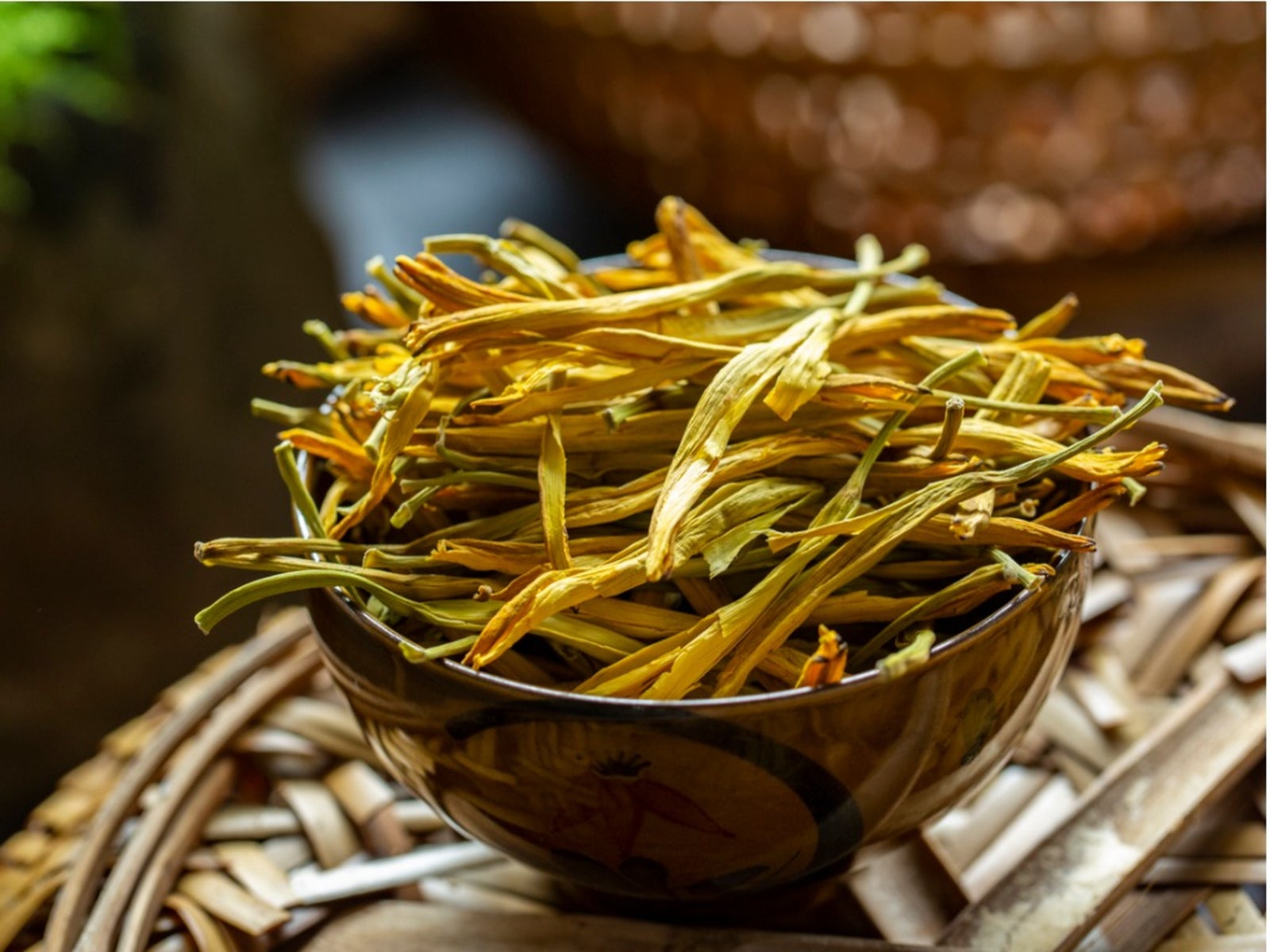 Are Daylilies Edible - Can I Eat Daylilies
Are Daylilies Edible - Can I Eat DayliliesDaylilies are easy to grow and produce fantastic blooms. Their laissez faire nature and hardiness make them ideal landscaping plants. If you are a garden grazer, you may wonder, "can I eat daylilies?" And if they are, which daylilies are edible? The wonderful answer is contained below.
By Bonnie L. Grant
-
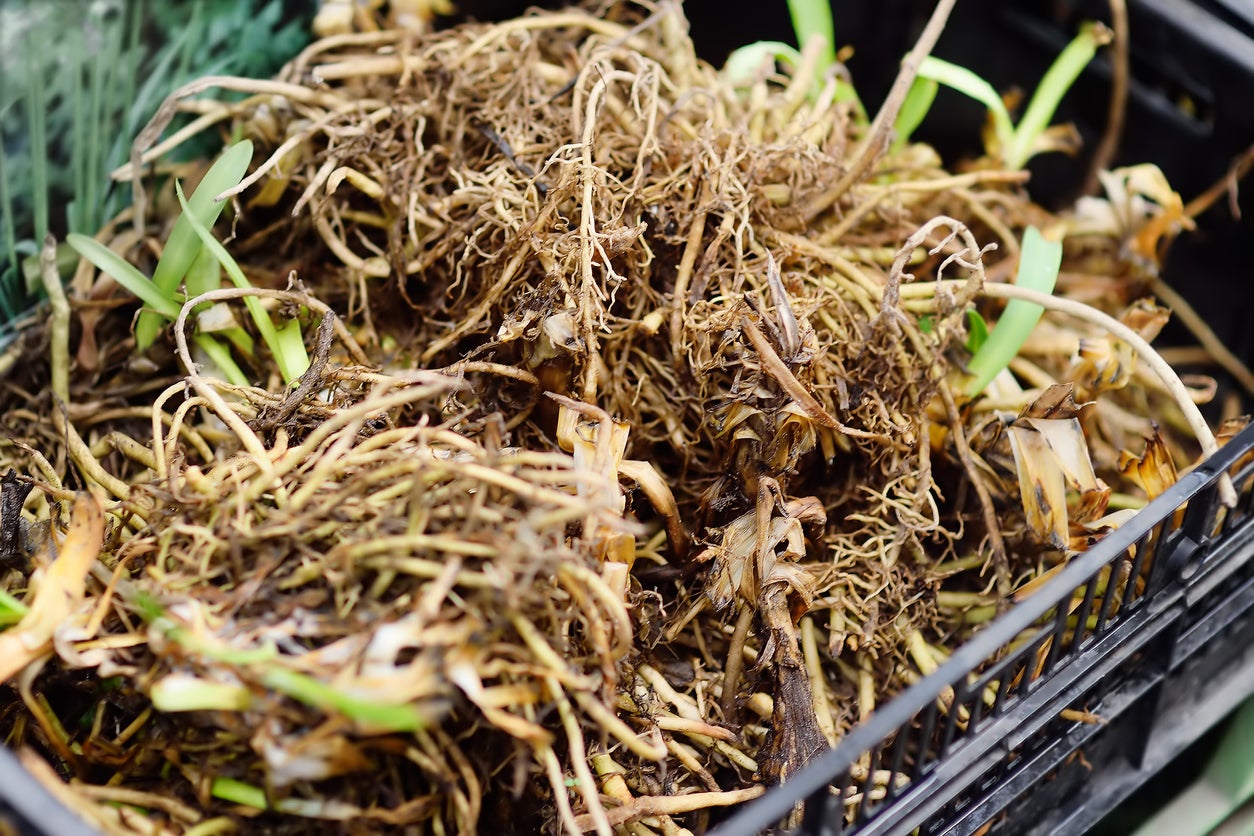 Daylily Tuber Winter Care – Learn About Overwintering Daylily Plants
Daylily Tuber Winter Care – Learn About Overwintering Daylily PlantsDaylilies are some of the toughest flowers around, but if you’re concerned about daylily plants in winter, digging and storing daylily tubers isn’t a bad idea, especially in climates north of USDA plant hardiness zone 5. Click this article to learn what to do with daylilies in winter.
By Mary H. Dyer
-
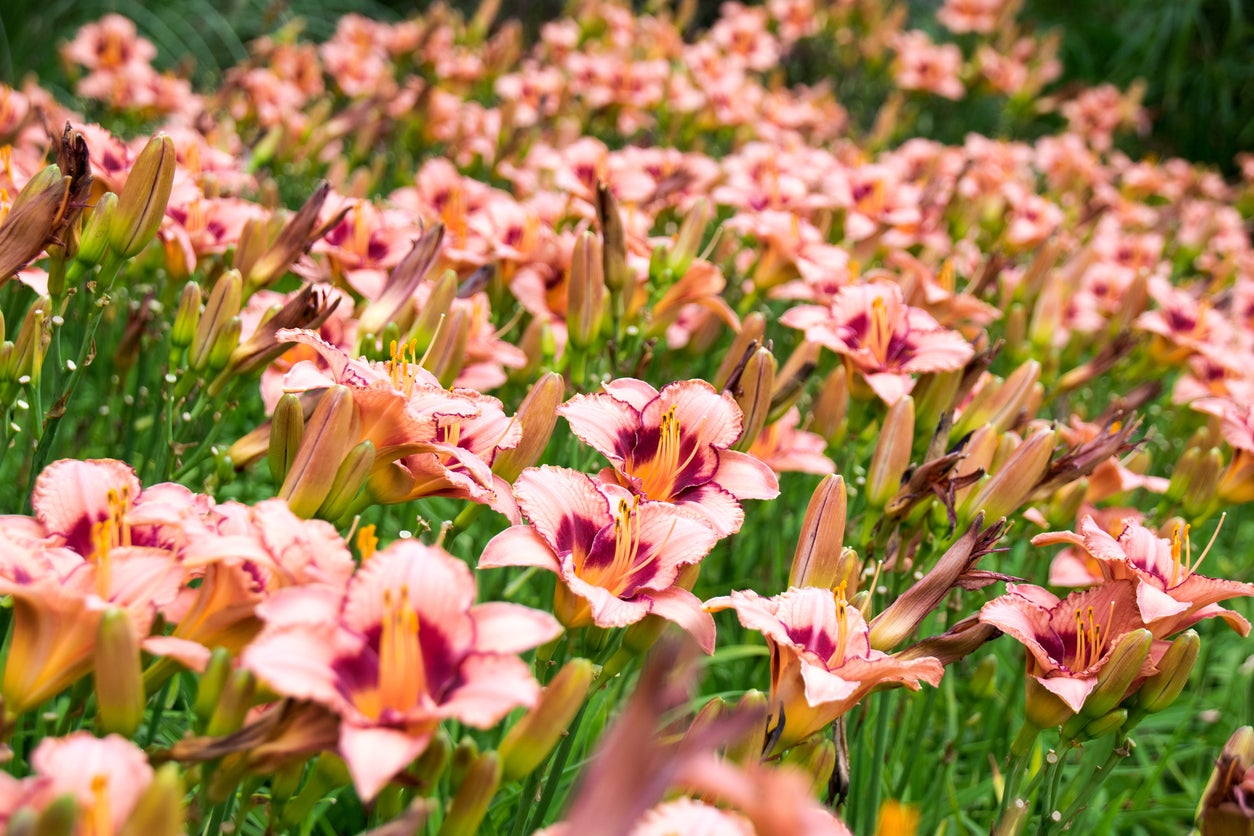 Daylily Division Guide: Learn How And When To Divide Daylilies
Daylily Division Guide: Learn How And When To Divide DayliliesDaylilies are pretty perennials with striking blooms, each of which only lasts for one day. They don’t require much care once established, but dividing daylilies should be done every few years to keep them healthy and blooming. Learn when and how to do this here.
By Mary Ellen Ellis
-
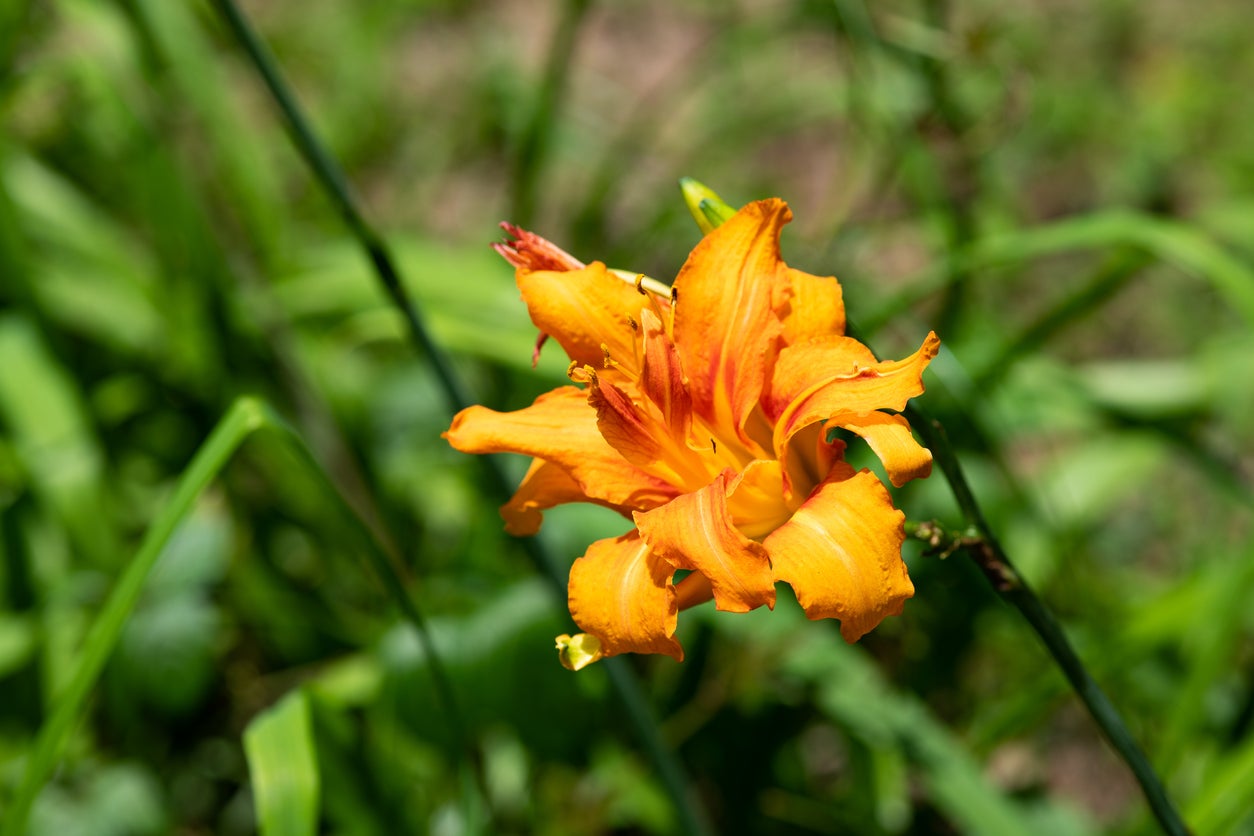 How And When To Cut Back Daylilies: Daylily Trimming Made Simple
How And When To Cut Back Daylilies: Daylily Trimming Made SimpleDaylily trimming after bloom time will keep these beauties tidy and disease-free. Trim the plants back after they bloom and before you divide them.
By Mary Ellen Ellis
-
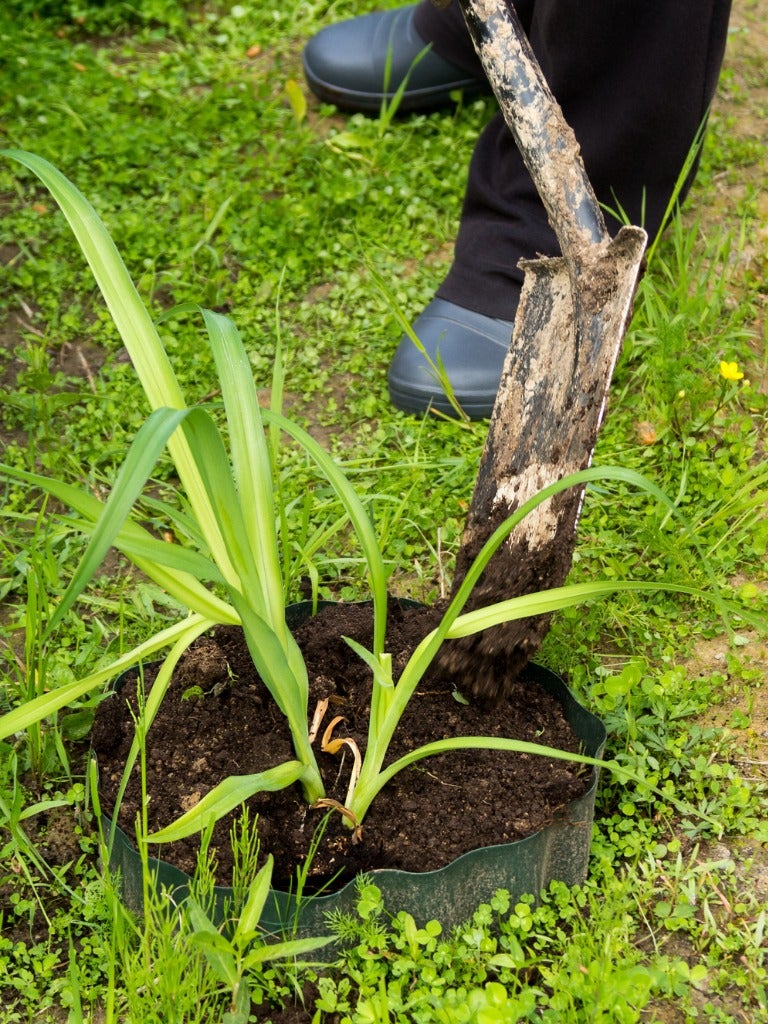 How To Transplant Daylilies: Learn About Moving Daylilies In The Garden
How To Transplant Daylilies: Learn About Moving Daylilies In The GardenDaylilies like to be divided every three to five years for optimal blooming. Moving and transplanting daylilies takes a little finesse. The following information on how and when to transplant daylilies will have you an old pro at dividing and moving daylilies in no time.
By Amy Grant
-
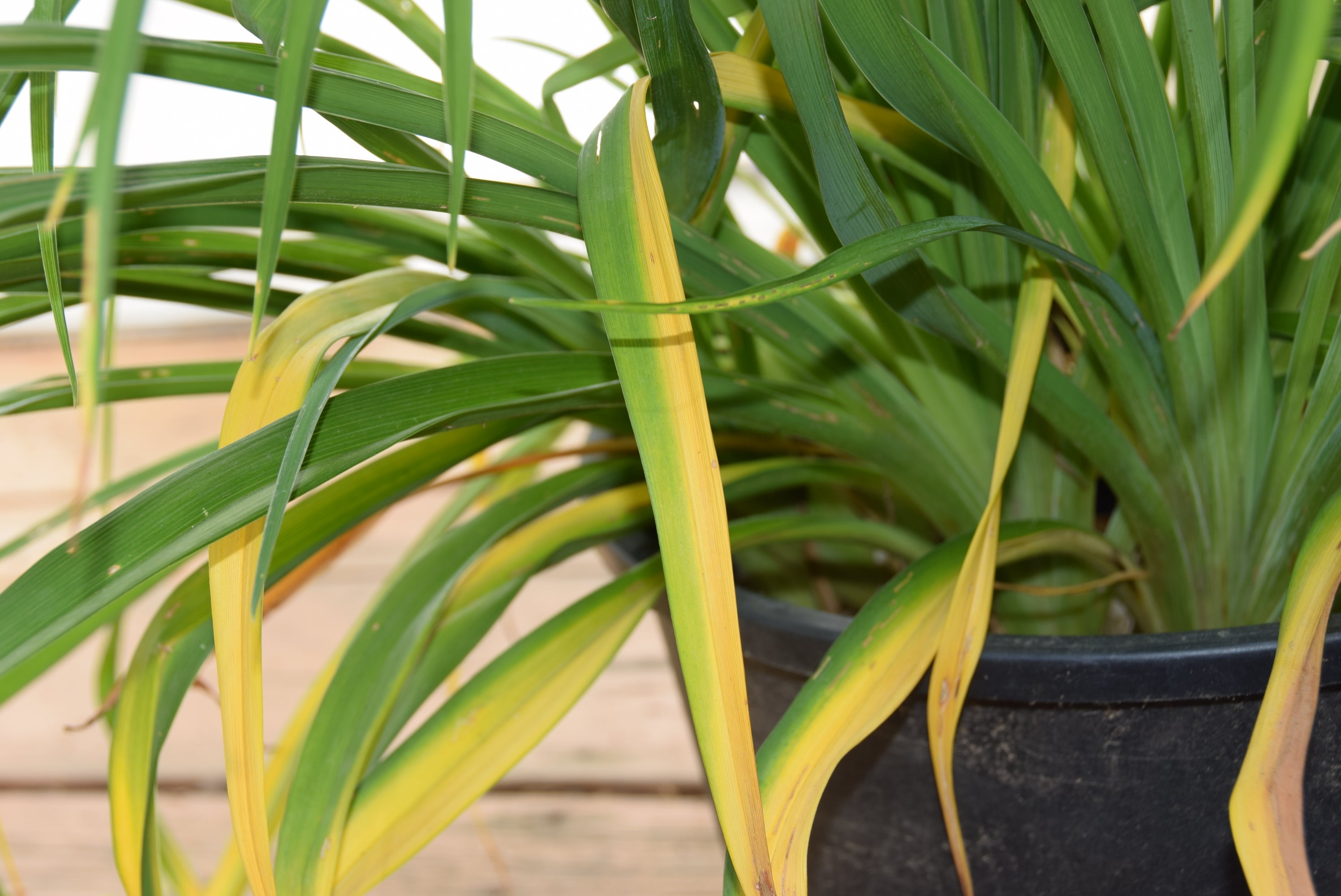 Streaks On Daylily Leaves: Learn About Daylily Leaf Streak Disease
Streaks On Daylily Leaves: Learn About Daylily Leaf Streak DiseaseDaylily plants are among one of the most popular perennial landscaping flowers. While robust, there are some issues that may cause these plants to struggle in the garden. Daylily leaf streak, for instance, can cause distress. Learn more about this disease here.
By Tonya Barnett
-
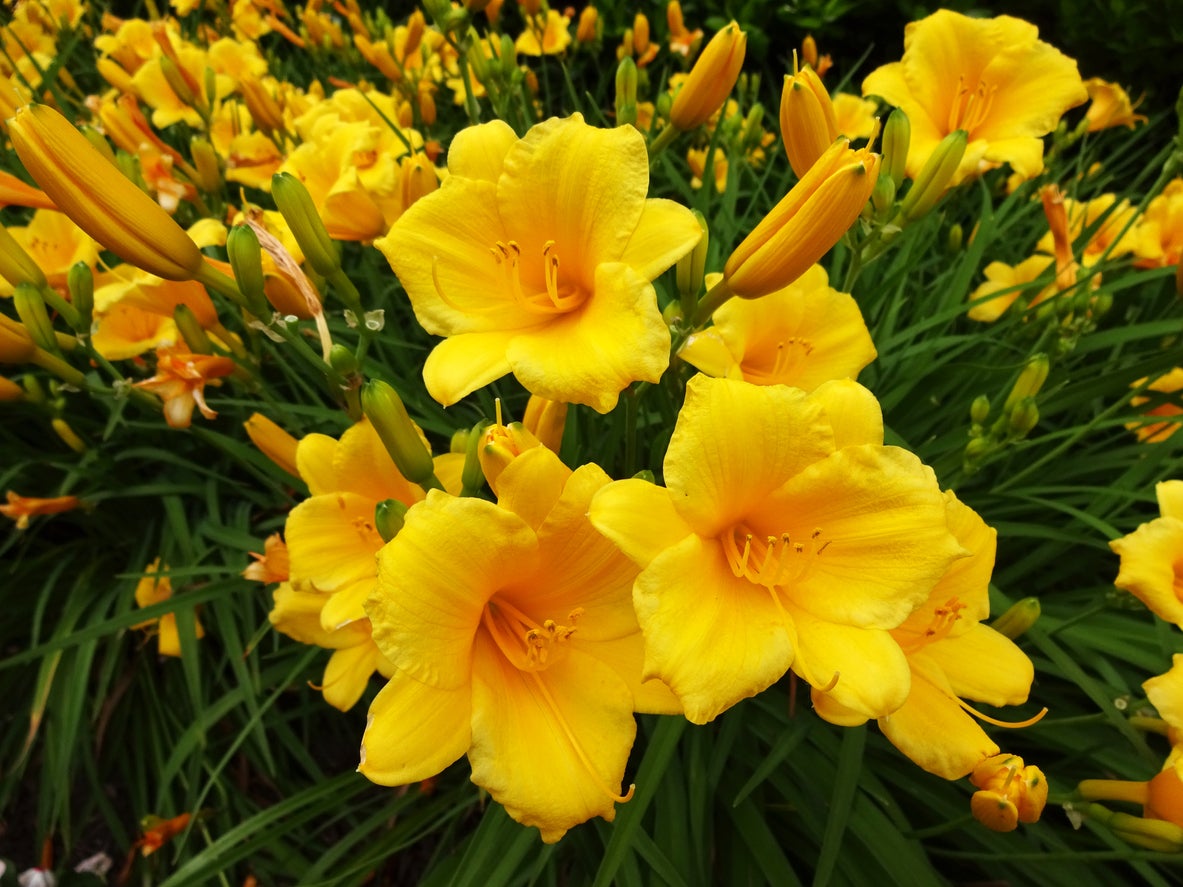 Deadheading Daylily Flowers: Is It Necessary To Deadhead Daylilies
Deadheading Daylily Flowers: Is It Necessary To Deadhead DayliliesThe daylily plant will only bloom for one day. Luckily, each plant produces multiple blooms that flower continuously, creating the beautiful display its growers have come to love. But what happens once the blooms fade? Is daylily deadheading necessary? Find out here.
By Tonya Barnett
-
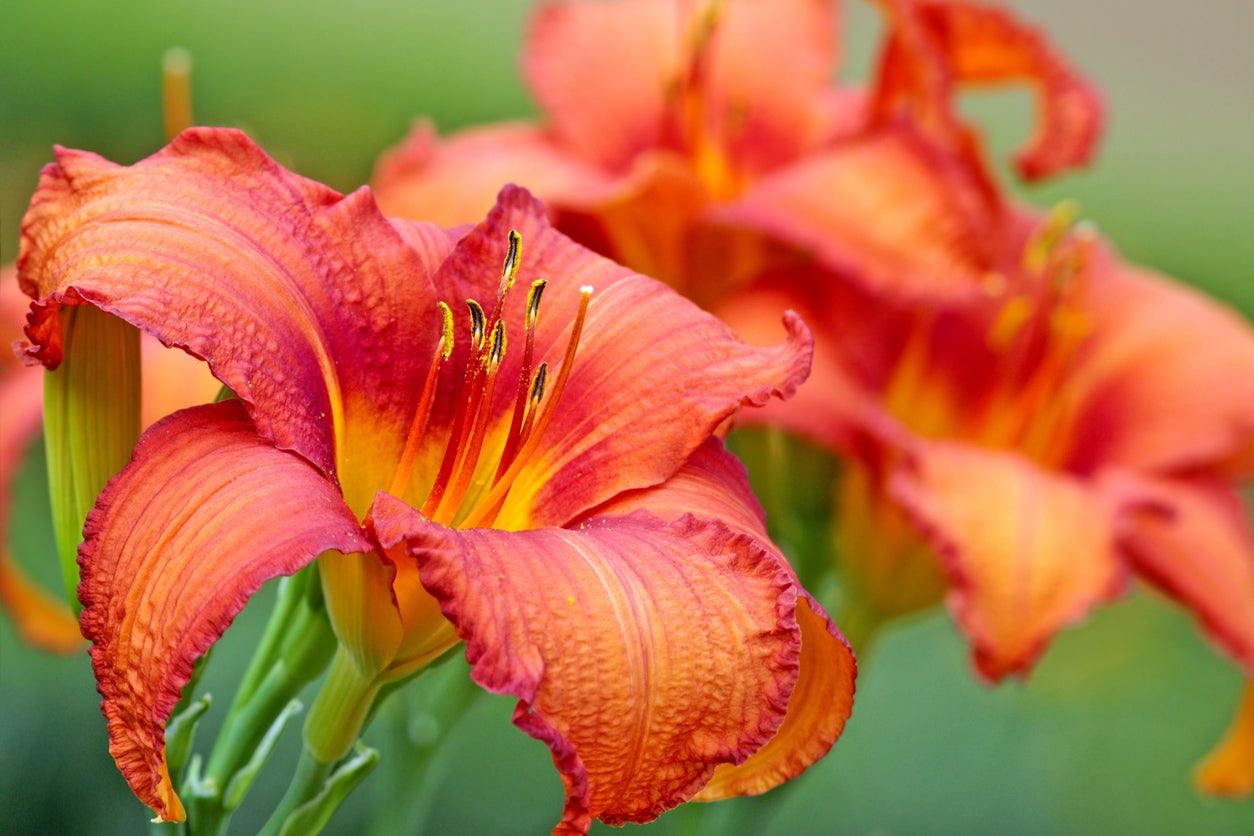 Daylily Fertilizer Needs – How To Fertilize Daylilies
Daylily Fertilizer Needs – How To Fertilize DayliliesDo you need to start fertilizing daylilies? That can depend on the soil. If the soil is poor, feeding these plants may help them to thrive. For more information on daylily food and tips on how to fertilize daylilies, simply click on the following article.
By Teo Spengler